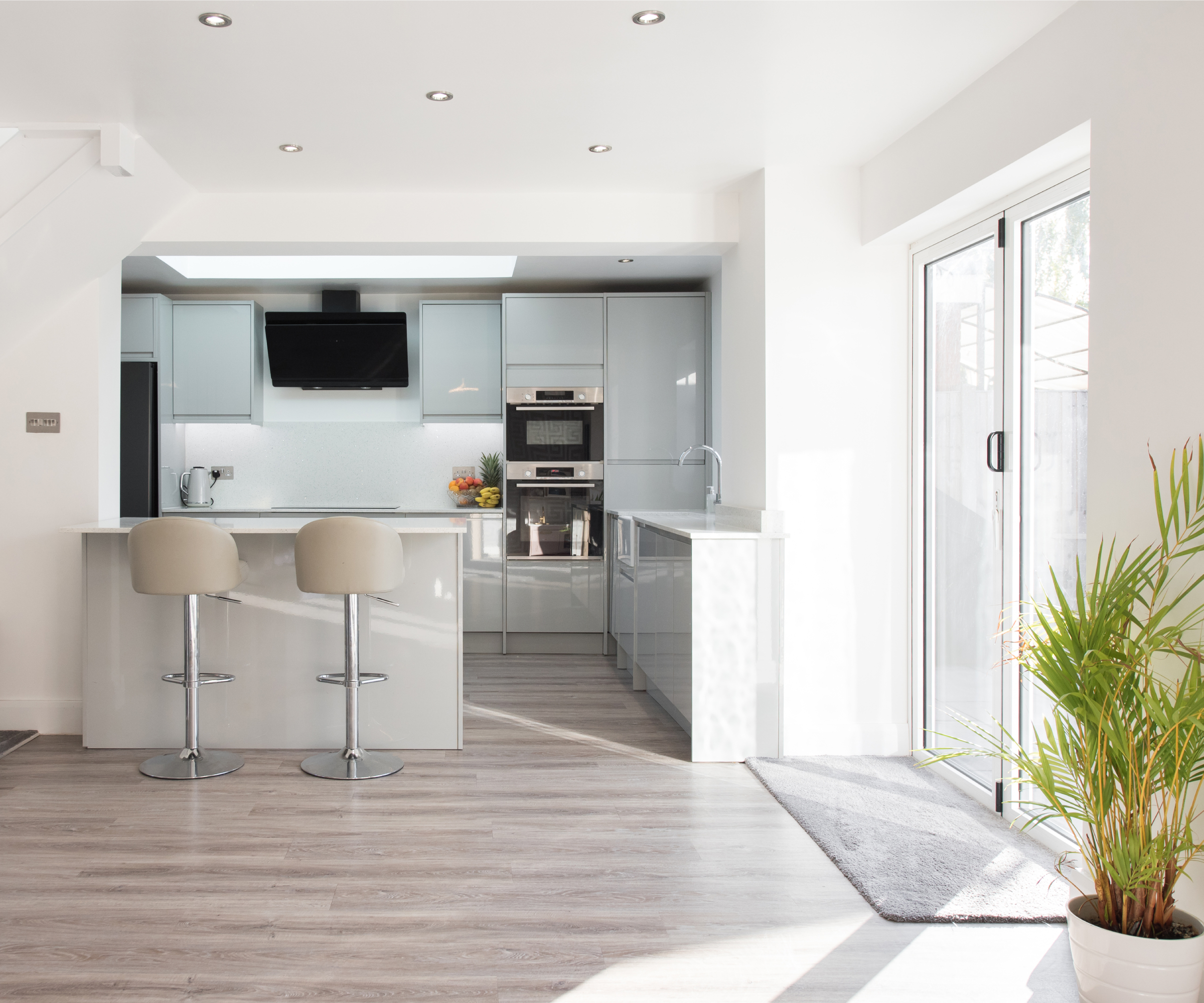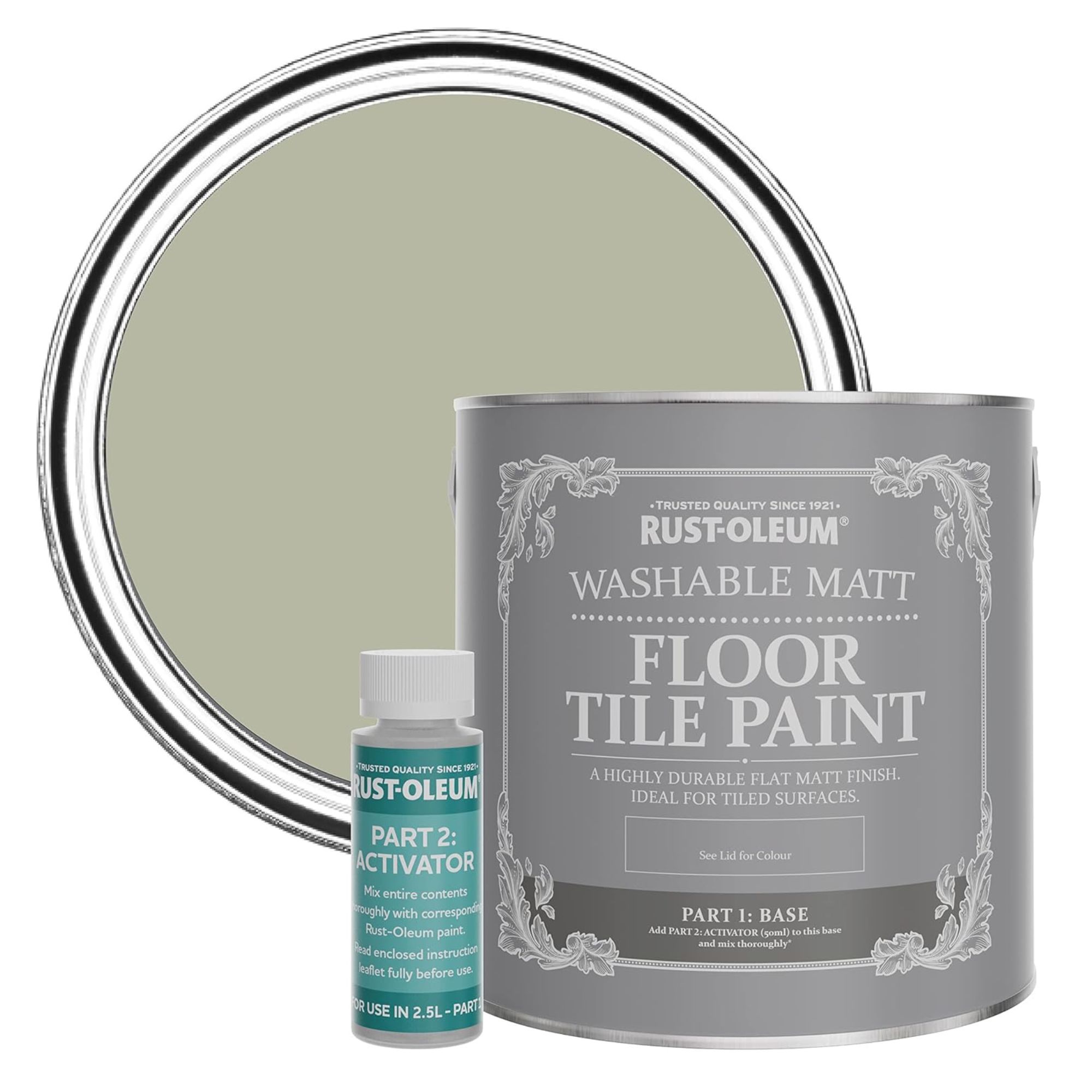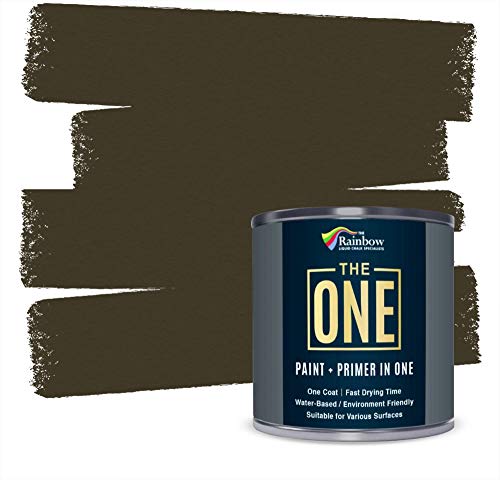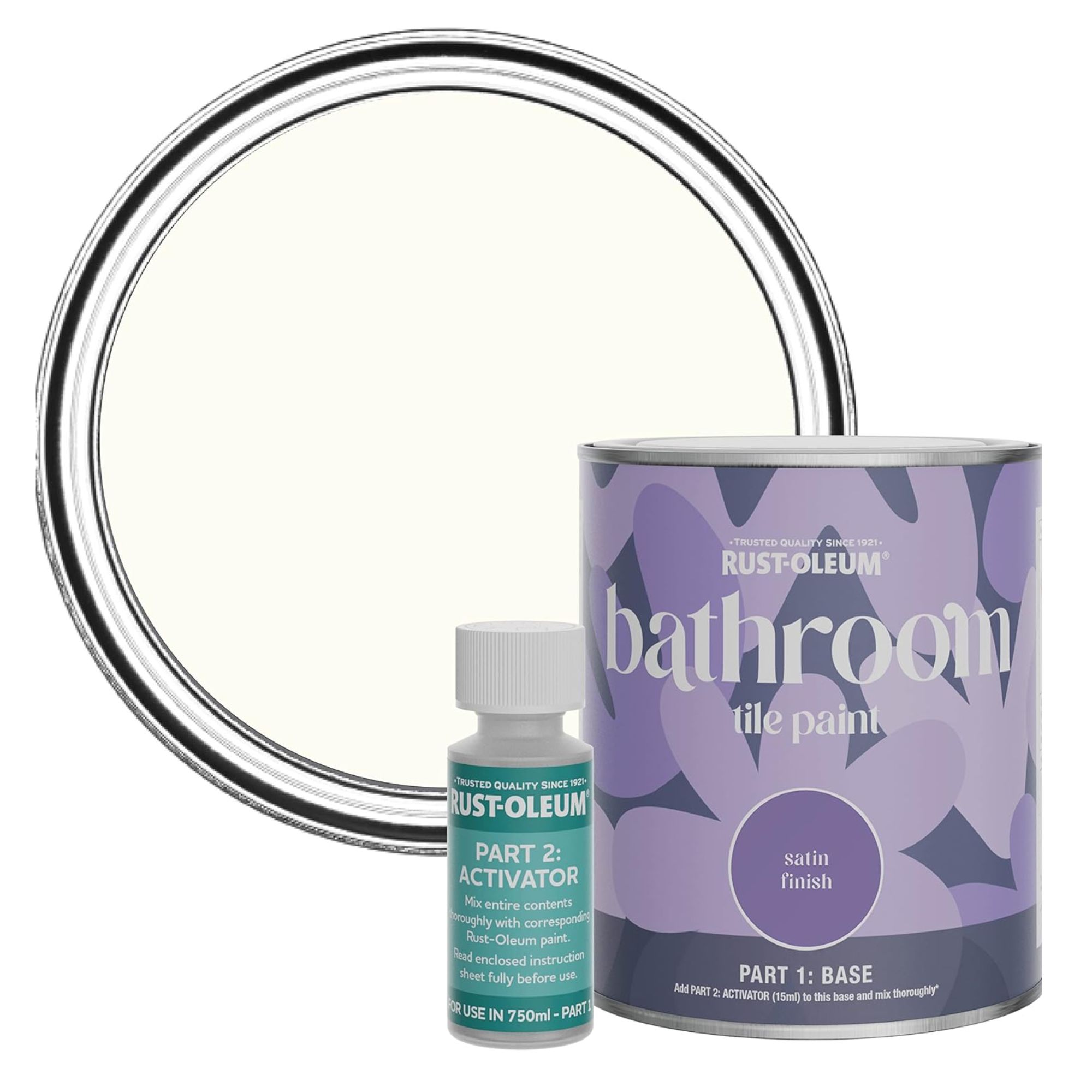Can you paint vinyl flooring? Experts reveal what you need to know about this DIY task
Yes, you can paint vinyl flooring with the right tools and techniques, but experts caution that the results may not last long

Vinyl flooring offers an affordable and durable alternative to hardwood floors, but unlike wood, it’s not as easy to refresh with a quick sanding and a new coat of paint. So, what’s the solution when your vinyl floors lose their lustre?
Before grabbing a paintbrush, it’s essential to ensure you have the right tools and know-how. While not all experts recommend painting vinyl floors, it is possible to give your space a fresh look with the right preparation and paint.
To help you tackle this DIY project with confidence, we consulted flooring experts and professional decorators to explore whether painting your vinyl flooring is a smart choice and how to do it properly.
Can you paint vinyl flooring?
Painting vinyl flooring may seem like a quick and budget-friendly way to breathe new life into your home, offering a fresh look without the hefty cost of replacing the entire floor. However, before you jump in, it’s important to understand that this project comes with its own set of challenges.
Vinyl flooring is celebrated for its durability and low maintenance, but these strengths can be compromised when you add a layer of paint. The very qualities that make vinyl resistant to stains and scratches also make it difficult for paint to properly adhere to the surface.
"Painting vinyl may not be the best idea for a DIY project," cautions Neel Bradham, vinyl flooring specialist and CEO of Parador.
"Painting this type of flooring requires careful preparation and the use of specific paints and sealants to ensure a durable finish. Despite these efforts, the painted surface may not be as resilient as the original vinyl, potentially leading to chipping and wear over time."
Bring your dream home to life with expert advice, how to guides and design inspiration. Sign up for our newsletter and get two free tickets to a Homebuilding & Renovating Show near you.

Neel is Chief Executive Officer (CEO) & Managing Director of Parador, a global interiors brand that designs, develops and produces a range of flooring, from LVT to engineered wood.
Steve Britchford, Senior Partner at Polycote, agrees: "Adding paint to these floors might just dial these advantages down. High-traffic areas can especially take a hit, with the paint wearing off faster than you'd like." While a fresh coat of paint can certainly enhance the appearance of your space, it’s likely to be a temporary fix rather than a long-term solution.
That being said, painting your vinyl flooring can be a great quick fix, especially if you're in the middle of a home renovation or just not ready to commit to a full floor replacement yet. It offers a budget-friendly way to refresh your space and gives you the flexibility to try a new look without a major investment.

Steve Britchford is a Senior Partner at Polycote, a leading installer of epoxy flooring, and supplier of specialist wall and roof paints. Polycote offers a huge range of paints, primers and sealants for transforming problem areas like garages, sheds and commercial spaces.
Choosing the right paint for vinyl flooring
"When painting laminate floors or vinyl flooring, using a paint that's both tough and flexible gives you the best results," explains Steve Britchford from Polycote. "From my experience, water-based latex paint is the top choice. It adheres well to vinyl and can handle all the foot traffic your floor has to deal with.
"Specifically, look for paints that include acrylic resins. These are important because they help the paint stay intact without cracking as the flooring naturally flexes."
Emma Irving, Senior Product Manager for Tor Coatings, recommends Rust-Oleum's durable and washable Floor Tile Paints, as the water-based formula is water resistant, making it perfect for kitchens and other high-traffic areas such as hallways.
"The Floor Tile Paint range contains an activator that when mixed with the original formula creates even more durability," explains Emma. With the addition of the activator, this product does not require a sealer, Emma explains. "But we would recommend allowing the paint to achieve its full cure before using any abrasive cleaners and limiting water contact as much as possible during the curing period."

Emma Irving, Senior Product Manager at Rust-Oleum Europe has worked at the company for over 13 years and has worked in the painting and decorating industry for 15 years. Emma has worked on some of the companies biggest innovative products and launches.

This washable matt floor tile paint provides exceptional coverage and durability with a modern matt finish. The two-part, water-resistant system requires no primer, making it ideal for high-traffic areas. Available in 110 shades, it's easy to apply on ceramic and stone tiles.
Preparation
"Proper preparation is the secret to a paint job that sticks," says Steve Britchford from Polycote. To give your project the highest chance of success, he recommends following these important pre-painting steps:
- Kick things off by giving your floor a good scrub with gentle detergent. This gets rid of any remaining dirt, grease, and wax.
- Next, it's sanding time. Go over the surface with a fine-grit sandpaper grade to rough it up a bit; this helps the paint cling better.
- After sanding, mop up all the dust with another round of cleaning.
- Then, lay down a primer made for vinyl/laminate. This will ensure your paint has a solid foundation to adhere to. Use products such as Trade Super Grip White Multi-surface Primer from Dulux, available from B&Q.
"It's always a good idea to protect your hands and eyes with protective glasses and gloves and prepare the area around you by removing all furniture, laying down dust sheets, and masking areas you do not wish to paint," adds Emma Irving from Tor Coating.
How to paint vinyl flooring: Step-by-step guide
Once you have prepared your vinyl floors for painting by thoroughly cleaning, sanding, and priming them, you can move on to the following steps:
1. Mix the paint
If you are using a two-part paint like Rust-Oleum’s Floor Tile Paints, begin by thoroughly mixing the activator with the base paint. This step is essential as it ensures the paint will have the durability needed for a high-traffic area. Mixing your chosen paint thoroughly will also ensure that the colour and consistency are even, which is essential for a smooth finish.
2. Start with the edges
Using a paintbrush, carefully paint the edges and any intricate areas of the floor first. This allows you to get a precise finish in the areas where a roller might not reach. Starting with the edges also helps prevent accidental smudging as you move to the larger areas.
3. Use a roller for large surface areas
For the larger sections of the floor, switch to a paint roller. This will allow you to apply the paint evenly, distribute the paint smoothly and quickly, and reduce the chances of streaks or uneven patches. You may also find it helpful to work in small sections.
4. Apply multiple coats
For the best finish, experts recommended applying at least two coats of paint. Allow the first coat to dry completely before applying the second. This step is crucial for achieving a uniform color and a durable finish. Follow the manufacturer’s instructions for drying times between coats.
After the second coat has dried, inspect the floor for any missed spots or areas that might need a touch-up with your paintbrush.
5. Allow the paint to dry completely
While the paint might feel dry to the touch in just a few hours, it still needs time to fully cure. Curing is the process where the paint hardens and reaches its full strength, which can take several days. During this time, try to keep foot traffic light and avoid getting the floor wet or using harsh cleaners.
6. Seal the floor
Once your painting is done, don't forget to seal it with a clear polyurethane sealer. Steve Britchford suggests using a water-based sealer to prevent any yellowing over time. "It's best to apply several thin layers, letting each one dry completely before adding the next," he explains. "This step is important as it protects your efforts and extends the life of your painted floor."
A product such as Ronseal Clear Laminate Sealant from B&Q will work well for this task.
Maintenance and longevity
"How long your paint job will last depends on a few things: the quality of the paint, how well you prepared the surface before starting, and how much traffic the area gets," explains Steve Britchford. "In busier households, you might need to do some touch-ups or even a full repaint every one to three years."
To get the most out of your painted floors, keep them clean with regular dusting, avoid getting them wet, and don't use harsh cleaning chemicals on them.
Painting vinyl flooring can provide a quick and budget-friendly refresh, but it's important to understand that your newly painted surface may not withstand the daily wear and tear of household traffic. Over time, you may want to weigh the cost of LVT floors.

Gabriella is an interiors journalist and has a wealth of experience creating interiors and renovation content. She was Homebuilding & Renovating's former Assistant Editor as well as the former Head of Solved at sister brand Homes & Gardens, where she wrote and edited content addressing key renovation, DIY and interior questions.
She’s spent the past decade crafting copy for interiors publications, award-winning architects, and leading UK homeware brands. She also served as the Content Manager for the ethical homeware brand Nkuku.
Gabriella is a DIY enthusiast and a lover of all things interior design. She has a particular passion for historic buildings and listed properties, and she is currently in the process of renovating a Grade II-listed Victorian coach house in the West Country.


